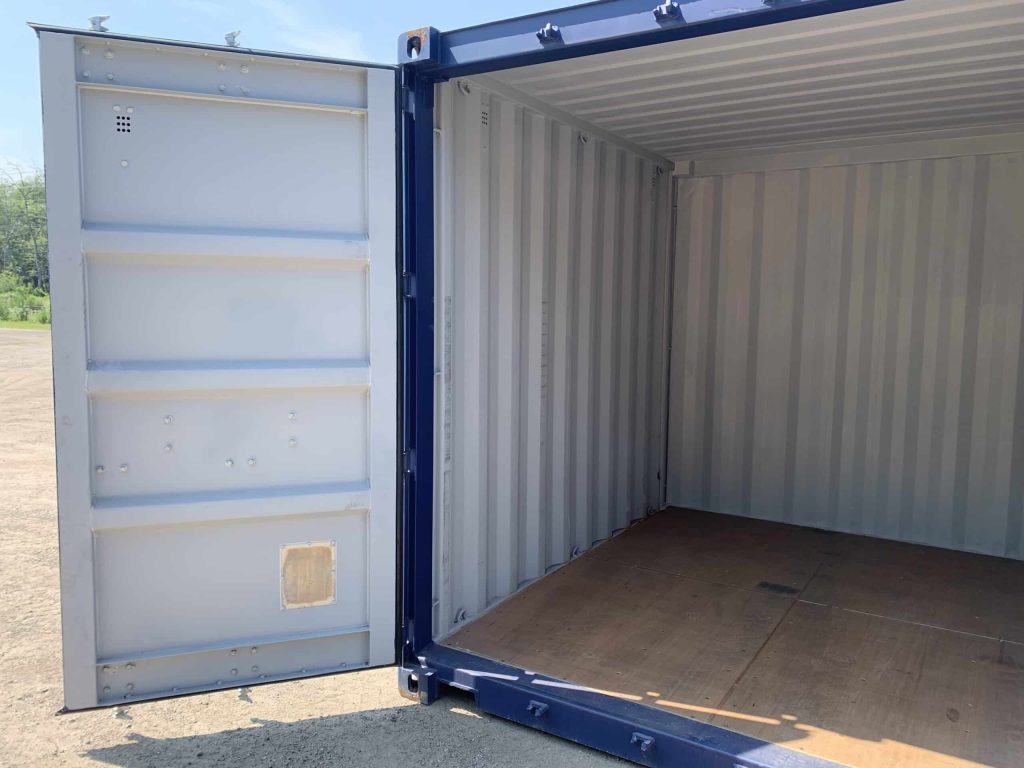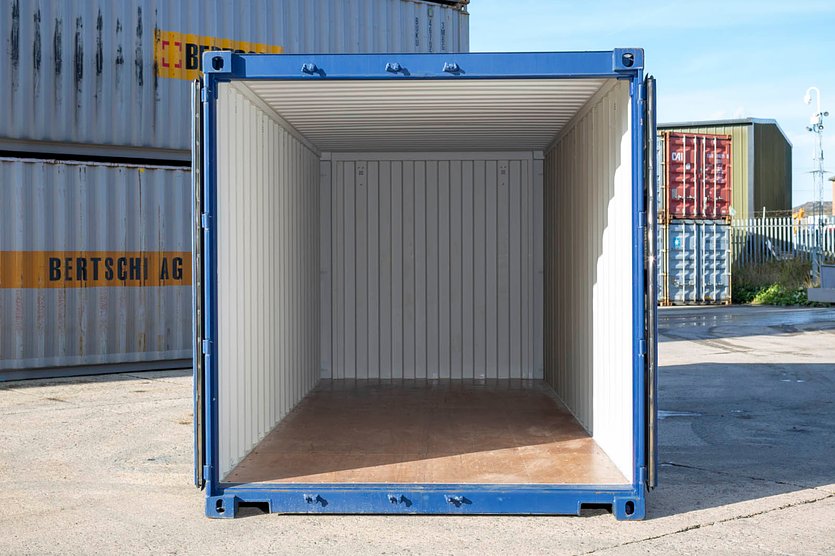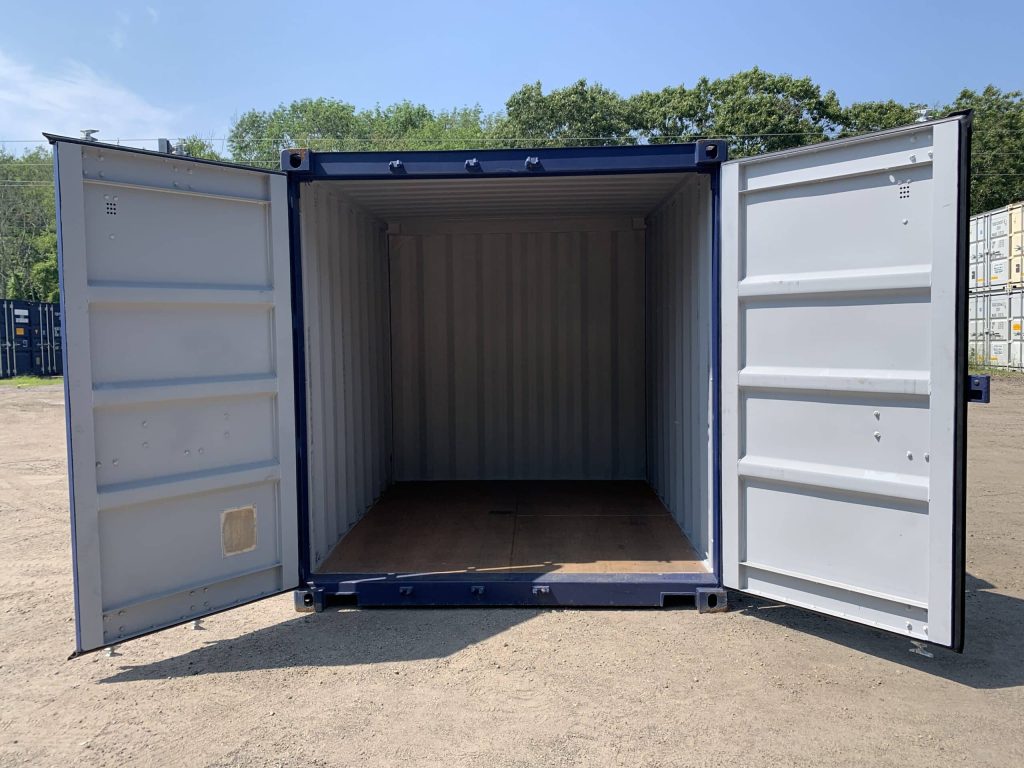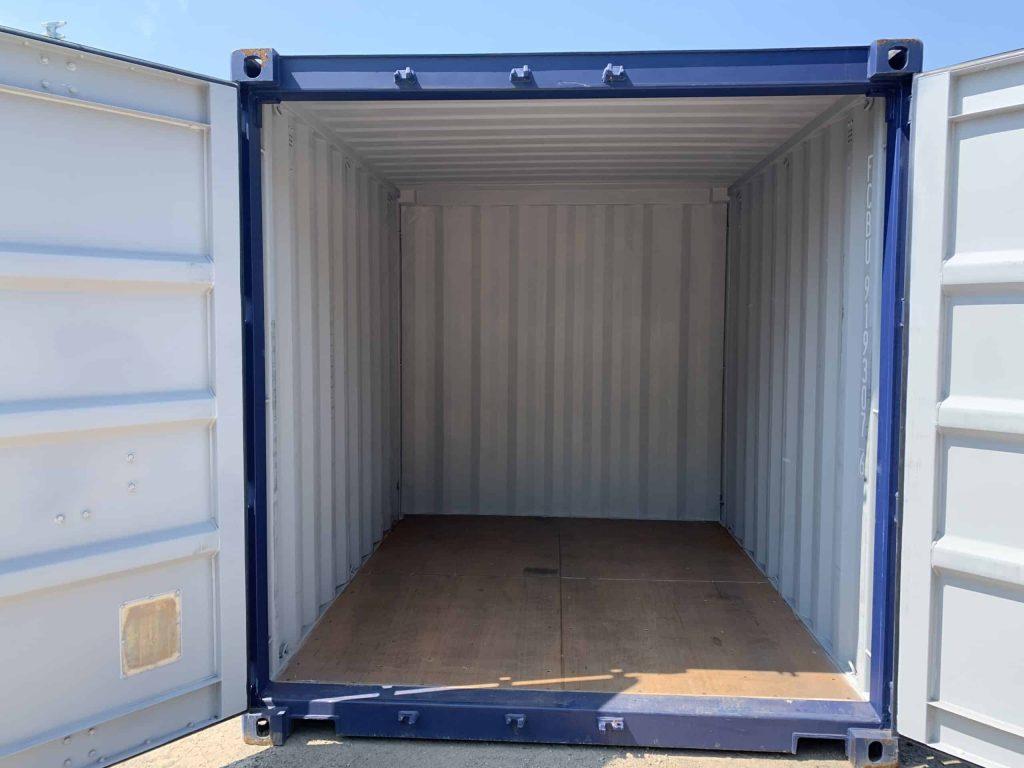Safeguard Your Shipments: A Comprehensive Guide to Buying Large Styrofoam Shipping Containers
Buy Large Styrofoam Shipping Containers. When you need to ship temperature-sensitive or fragile goods, the right packaging is not just important – it’s crucial. For large shipments that demand robust insulation and protection, large Styrofoam shipping containers stand out as an excellent solution. You’re likely looking for a reliable, cost-effective way to ensure your products reach their destination in perfect condition. This article is your guide to understanding, selecting, and purchasing the right large Styrofoam shipping containers for your specific needs.
Why Choose Styrofoam for Large Shipments? The Unmatched Benefits
Before diving into the buying process, let’s understand why styrofoam, specifically expanded polystyrene (EPS), is a top choice for shipping temperature-sensitive and delicate items. You’re likely seeking a material that offers a combination of key advantages, and styrofoam delivers on several fronts:
- Exceptional Insulation: Styrofoam’s closed-cell structure is a powerhouse of thermal insulation. It effectively minimizes heat transfer, maintaining consistent temperatures inside the container. This is vital for shipping perishables like food, pharmaceuticals, or temperature-sensitive chemicals. – Buy Large Styrofoam Shipping Containers
- Superior Protection: Beyond temperature control, styrofoam provides excellent cushioning and shock absorption. It safeguards fragile items against bumps, drops, and vibrations during transit, reducing the risk of damage and breakage. – Buy Large Styrofoam Shipping Containers
- Lightweight yet Durable: Despite its robust protective qualities, styrofoam is remarkably lightweight. This is critical in shipping as it helps minimize transportation costs. Furthermore, it’s surprisingly durable and can withstand considerable pressure and handling. – Buy Large Styrofoam Shipping Containers
- Moisture Resistance: Styrofoam is inherently water-resistant. This property protects your shipments from humidity and moisture damage, which can be particularly problematic during long journeys or in varying climates. – Buy Large Styrofoam Shipping Containers
- Cost-Effective: Compared to other insulating and protective materials, styrofoam is often a more affordable option, especially when considering its performance and durability. This cost-effectiveness translates to better value for your shipping budget. – Buy Large Styrofoam Shipping Containers
By choosing large styrofoam shipping containers, you’re investing in a packaging solution that prioritizes the integrity and safety of your valuable shipments.
Applications of Large Styrofoam Shipping Containers: Where Do They Shine?
The versatility of large styrofoam containers makes them suitable for a wide array of industries and products. You might find them particularly useful if you are shipping any of the following:
- Food & Beverage: Frozen foods, chilled goods, seafood, meats, fruits, vegetables, and even temperature-sensitive beverages rely on styrofoam’s insulation to maintain freshness and prevent spoilage during transit to grocery stores, restaurants, or directly to consumers. – Buy Large Styrofoam Shipping Containers
- Pharmaceuticals & Healthcare: Many medications, vaccines, lab samples, and medical supplies require strict temperature control. Styrofoam containers are crucial for ensuring the efficacy and safety of these sensitive products during shipment to hospitals, pharmacies, and research facilities. – Buy Large Styrofoam Shipping Containers
- Electronics & Delicate Instruments: Sensitive electronic components, scientific instruments, and precision equipment need protection from physical shocks and temperature fluctuations. Styrofoam provides both cushioning and thermal insulation, safeguarding these delicate items. – Buy Large Styrofoam Shipping Containers
- Floral & Horticultural Products: Flowers, plants, and live specimens are temperature-sensitive and require careful handling. Styrofoam containers help maintain the required temperature and humidity levels to ensure they arrive fresh and vibrant. – Buy Large Styrofoam Shipping Containers
- Specialty Chemicals & Industrial Materials: Certain chemicals and industrial materials are temperature-sensitive or require protection from moisture and impact. Styrofoam containers offer a reliable and safe way to transport these specialized goods. – Buy Large Styrofoam Shipping Containers
Table 1: Common Applications of Large Styrofoam Shipping Containers
| Industry | Common Products Shipped | Benefits of Styrofoam |
|---|---|---|
| Food & Beverage | Frozen Foods, Seafood, Produce, Dairy | Temperature Control, Prevents Spoilage, Maintains Freshness |
| Pharmaceuticals | Vaccines, Medications, Lab Samples, Medical Supplies | Temperature Stability, Protects Efficacy, Ensures Safety |
| Electronics | Sensitive Components, Instruments, Precision Equipment | Shock Absorption, Temperature Insulation, Protects from Damage |
| Floral & Horticulture | Flowers, Plants, Live Specimens | Temperature & Humidity Control, Maintains Freshness & Vigor |
| Chemicals | Temperature-Sensitive Chemicals, Industrial Materials | Chemical Resistance (depending on EPS type), Safe Transportation |
Key Considerations When Buying Large Styrofoam Shipping Containers: Your Checklist for Success
To ensure you select the right styrofoam containers for your specific needs, consider these crucial factors before making a purchase. You need to think about the specifics of your shipment and match them to the container’s capabilities:
- Size and Capacity: Determine the internal dimensions you need to accommodate your typical shipment size. Measure your products and consider any additional space needed for packing materials or coolants. Think about the external dimensions as well, especially if you have limitations on storage or handling size. – Buy Large Styrofoam Shipping Containers
- Insulation Thickness (Wall Thickness): The thickness of the styrofoam walls directly impacts its insulation performance. For longer transit times or more extreme temperature conditions, you’ll need thicker walls. Consider the ambient temperatures your shipment will encounter and the required temperature maintenance duration. – Buy Large Styrofoam Shipping Containers
- Type of Styrofoam (EPS Density): Styrofoam density affects its insulation, strength, and cost. Higher density EPS offers better insulation and durability but is generally more expensive. Consider the fragility and temperature sensitivity of your product to determine the appropriate density. Common densities are often described in pounds per cubic foot (pcf).
- Container Style (One-piece vs. Two-piece): One-piece molded containers offer superior insulation integrity as there are no seams. Two-piece containers with lids are often more convenient for packing and unpacking, and can be sealed securely with tape. Consider the ease of use and the level of insulation required.
- Quantity and Volume Discounts: If you anticipate needing containers regularly, buying in bulk can significantly reduce your per-unit cost. Inquire about volume discounts from suppliers, especially if you have predictable shipping needs.
- Supplier Reputation and Reliability: Choose a reputable supplier with experience in manufacturing and distributing styrofoam shipping containers. Check reviews, ask for samples, and ensure they can meet your delivery timelines and quality expectations.
- Price and Budget: Set a budget for your packaging and compare prices from different suppliers. Remember to balance cost with quality and performance. Lower prices might mean lower quality styrofoam or less reliable service.
- Environmental Considerations and Recyclability: Styrofoam is recyclable, but the availability of recycling programs varies. Inquire about the recyclability of the styrofoam and consider suppliers who offer or support recycling initiatives. You might also explore options made from recycled EPS or alternative sustainable materials if environmental impact is a major concern.
Table 2: Factors to Consider When Buying Large Styrofoam Shipping Containers
| Factor | Description | Impact on Your Choice |
|---|---|---|
| Size & Capacity | Internal and External Dimensions, Volume | Ensures your products fit comfortably and shipping constraints are met |
| Insulation Thickness | Wall Thickness of the Styrofoam | Determines insulation performance and temperature maintenance duration |
| Styrofoam Density | Density of EPS Material (e.g., 1.0 pcf, 1.5 pcf) | Impacts insulation, strength, durability, and cost |
| Container Style | One-piece molded or Two-piece with lid | Affects insulation integrity, ease of packing, and security |
| Quantity & Volume | Number of containers needed, potential for bulk discounts | Influences per-unit cost and overall budget |
| Supplier Reputation | Reliability, Experience, Customer Reviews | Ensures quality products, timely delivery, and reliable support |
| Price & Budget | Cost per container, overall packaging budget | Balances cost-effectiveness with required quality and performance |
| Environmental Factors | Recyclability of Styrofoam, Supplier’s Sustainability Practices | Addresses environmental concerns and responsible disposal/recycling options |
Where to Buy Large Styrofoam Shipping Containers: Finding Your Source
Now that you know what to look for, where can you actually purchase these containers? You have several options:
- Online Retailers & Packaging Suppliers: Many online retailers specialize in packaging supplies, including styrofoam containers. These platforms often offer a wide selection, competitive pricing, and convenient shipping. Examples include ULINE, Amazon Business, and specialized packaging websites.
- Directly from Manufacturers: Contacting styrofoam manufacturers directly can sometimes offer the best pricing, especially for large volume orders. Manufacturers can also provide custom sizes and densities to meet specific requirements.
- Local Packaging Distributors: Local packaging distributors can offer personalized service, faster delivery in your region, and potentially better pricing for localized needs. Search online for packaging suppliers in your area.
- Industrial Supply Companies: Companies that supply industrial and commercial materials often carry styrofoam shipping containers as part of their product range.
List 1: Potential Sources for Buying Large Styrofoam Shipping Containers
- Online Packaging Retailers (e.g., ULINE, Amazon Business)
- Styrofoam Manufacturers (Directly)
- Local Packaging Distributors
- Industrial Supply Companies
Cost Considerations: Understanding Pricing Factors
The price of large styrofoam shipping containers can vary depending on several factors. Understanding these factors will help you navigate pricing and find the best value:
- Size: Larger containers naturally require more material and are generally more expensive.
- Insulation Thickness: Thicker walls mean more styrofoam and thus a higher cost.
- Styrofoam Density: Higher density EPS is more costly to produce, impacting the final price.
- Quantity: Buying in bulk often leads to significant per-unit cost reductions.
- Supplier: Different suppliers have different pricing structures based on their manufacturing costs, overhead, and profit margins.
- Customization: Custom sizes, shapes, or features will generally increase the price.
- Shipping Costs (from Supplier to You): Factor in shipping charges from the supplier, especially if ordering online or from a distant manufacturer.
While precise pricing is best obtained through quotes from suppliers, understand that these factors significantly influence the overall cost. Comparing quotes from multiple vendors based on your specific requirements is always recommended.
Addressing Sustainability: Styrofoam and Environmental Responsibility
It’s important to address the environmental considerations associated with styrofoam. While EPS is recyclable, recycling infrastructure for styrofoam is not as widely available as for other materials like cardboard or plastic.
However, advancements are being made in EPS recycling technologies, and many manufacturers are actively working to improve recycling rates. Here’s what you should consider:
- Check Local Recycling Programs: Investigate if your local recycling facilities accept EPS.
- Supplier Recycling Initiatives: Inquire if your supplier has take-back programs or partnerships with recycling facilities.
- Explore Sustainable Alternatives: While styrofoam offers excellent performance, you might also explore alternative sustainable packaging options if environmental impact is a primary concern. However, ensure that these alternatives meet your specific insulation and protection needs.
- Responsible Disposal: If recycling is not feasible, ensure proper disposal through waste management channels.
List 2: Sustainability Considerations for Styrofoam Shipping Containers
- Investigate Local EPS Recycling Availability
- Check Supplier Recycling Programs
- Consider Sustainable Packaging Alternatives (if suitable)
- Ensure Responsible Disposal Practices
Conclusion: Invest in Protection and Peace of Mind
Large styrofoam shipping containers are a powerful tool in your shipping arsenal when you need to protect temperature-sensitive or fragile goods. By understanding their benefits, considering the key factors in selection, finding reliable suppliers, and being mindful of cost and sustainability, you can confidently choose the right containers for your needs. Investing in quality styrofoam shipping containers is an investment in the safety and integrity of your products, providing you and your customers with peace of mind. Take the time to research your options, ask the right questions, and secure the packaging solution that best safeguards your valuable shipments.
Frequently Asked Questions (FAQs) about Buying Large Styrofoam Shipping Containers
Q1: Are styrofoam shipping containers reusable? A1: While designed for single-use in many applications, styrofoam containers can be reused if they are carefully handled and kept clean. However, for critical applications like food or pharmaceuticals, single-use is often preferred to maintain hygiene and prevent contamination.
Q2: How do I properly seal a two-piece styrofoam shipping container? A2: Use a strong, pressure-sensitive tape specifically designed for packaging, such as packing tape or reinforced tape. Apply tape along all seams and edges where the lid meets the base to create a secure and insulated seal.
Q3: Can I get custom sizes of styrofoam shipping containers? A3: Yes, many manufacturers offer custom sizing options, especially for large volume orders. Contact manufacturers directly to discuss your specific size requirements and get a quote.
Q4: What is the typical lifespan of a styrofoam shipping container? A4: When stored properly (away from direct sunlight and extreme temperatures), styrofoam containers can last for many years without significant degradation of their insulating properties. However, physical damage can reduce their lifespan.
Q5: Are styrofoam containers suitable for international shipping? A5: Yes, styrofoam containers are widely used for international shipping of temperature-sensitive and fragile goods. Ensure you comply with international shipping regulations and labeling requirements.
Q6: How do I determine the right insulation thickness for my shipment? A6: Consider the transit time, the temperature sensitivity of your product, and the expected ambient temperatures during shipping. Consult with packaging experts or suppliers who can help you calculate the required insulation thickness based on your specific needs.
Q7: Are there alternatives to styrofoam for insulated shipping? A7: Yes, alternatives include insulated boxes made from recycled paper pulp, biodegradable insulated packaging materials, and vacuum insulated panels (VIPs). However, styrofoam often provides a cost-effective balance of insulation, protection, and weight.
Q8: How do I dispose of styrofoam shipping containers if recycling isn’t available? A8: Dispose of them in accordance with your local waste management regulations. Check with your local waste disposal service for guidance on proper disposal methods if recycling options are limited in your area.








Reviews
There are no reviews yet.